Ven Pongal
Ven pongal
Ven Pongal Khaara Pongal
The Harvest festival of Tamilnadu called Pongal or Thai Pongal conjures up images of colorful pots overflowing with milk, dal and rice and little kids and elders exclaiming ecstatically Pongalo Pongal..the ,exchange of ellu bella, ( sesame seeds and jaggery ) in Karnataka where it is called Makara Sankranthi , long lanky green sugarcane , juices dripping from little children s mouth trying to gnaw away at the hard skin of juicy sugarcane , overflowing pots indicating abundance and prosperity, the colorful but highly risky bullock / cattle races in Tamilnadu districts., the large colorful rangolis, kolams colorful geometrical and floral patterns drawn in front of every home specially in the rural areas , the smoky fires cooking the Pongal pots , pots themselves colorfully decorated. One can go on and on, as this great Harvest festival is not attached to any one particular region in India.
The festival marks the beginning of new things and the end of the harvest season. Farmers are happy their efforts have been rewarded despite the various odds and now it is time to celeberate and offer gratitude to Surya /Sun God.
Every state has its own name and way of celebration, but the essence remains the same, heralding the spring, the beginning of harvest and offering prayers to the Gods thankful for the good harvest and beginning of good times ahead. It is very auspicious month in Tamilnadu when every new venture is timed to co incide with the onset of spring and the festival.
Pongal is a four day festival which usually takes place from January 13 to 16 in the Gregorian calendar i.e., the last day of the Tamil month Maargazhi to the third day of Tamil month Thai.
The second of the four days i.e., first day of the Tamil month Thai is the main day of the festival and this day is known as Thai Pongal. This day coincides withMakara Sankranthi which is a winter harvest festival celebrated throughout India. The day marks the start of sun’s six-month long journey northwards (Uttarayana). This also represents the Indic solstice when the sun purportedly enters the 10th house of the Indian zodiac i.e. Makar or Capricorn.
In Tamil, the word Pongal means "overflowing" which signifies abundance and prosperity. On the day of Pongal, at the time of sun rise there is a symbolic ritual of boiling fresh milk in a new clay pots and when the milk boils over and bubbles out of the vessel, people shout "Pongalo Pongal!" The saying "Thai Pirandhal Vazhi Pirakkum" meaning "the commencement of Thai paves the way for new opportunities" is often quoted regarding the Pongal festival. Tamils thank the Sun god (Surya) for the good harvest and consecrate the first grain to him on this 'Surya Mangalyam'. Tamilians decorate their homes with banana and mango leaves and embellish the floor with decorative patterns drawn using rice flour.
Pongal Recipes
Besides rice and milk the ingredients of the sweet dish Pongal include cardamom, jaggery, raisins, mung dhal, andcashew nuts. Cooking is done in sunlight, usually in a porch or courtyard, as the dish is dedicated to the Sun god,Surya. The cooking is done in a clay pot called kollam which is decorated with coloured patterns. There are two versions of pongal, one sweet the other salted. The prepared dish is served on banana leaves.
Apart from Pongal Day celebrations, cooking pongal is a traditional practice at Hindu temples during any Temple Festival .
Sakkarai Pongal the sweet version of Pongal and Ven Pongal the salted version are the two most important offerings on this day.
Bhogi Pandigai / Bhogi Pallu / Lohri /
The day preceding Pongal is called Bhogi when people discard old things and focus on new belongings. The disposal of derelict things is similar to Holika in North India. The people assemble at dawn in Tamil Nadu and Andhra Pradesh to light a bonfire to discard old used possessions. The house is cleaned, painted and decorated to give a festive look. In villages, the horns of oxen and buffaloes are painted in colors and in most rural parts of Andhra Pradesh people celebrate it in a grand way as most of them would have their harvest ready or even would have made money out of the harvests.
This tradition is observed on the same day in Andhra Pradesh where it is also called "Bhogi." The fruits from the harvest are collected (such as regi pallu and sugar cane), along with flowers of the season, in a ceremony called Bhogi Pallu Money is often placed into a mixture of Bhogi Pallu, and the mixture is poured over children, who then collect the money and sweet fruits.
This day is celebrated in Punjab as Lohri and in Assam as Magh Bihu / Bhogali Bihu.
Maatu Pongal
Kanu Pidi is a tradition that the ladies and young girls of the house follow. Women feed birds and pray for the well being of their brothers. Women of the family place different kinds of coloured rice, cooked vegetables, banana and sweet pongal on a ginger or turmeric leaf and invite the crows, which descend in hordes to share and enjoy the "Kaka pidi, Kanu pidi" feast. Women offer prayers in the hope that the brother-sister ties may remain forever strong like the family of crows.
Cattle play an important role in the traditional Indian farmstead be it with regards to the provision of dairy products, its use for ploughing and transport and its provision of fertilizer. This explains the Tamil reference to cattle as wealth. On the day after Pongal, cattle are felicitated. In rural Tamil Nadu, adventurous games such as the Jallikkattu or taming the wild bull are features of the day.
Maattu Pongal is intended to demonstrate our recognition and affection to cattle and decorate them with garlands, apply kungumam (kumkum) on their foreheads and are feed with a mixture of venn pongal, jaggery,honey,banana and other fruits
Maatu pongal is a festival celebrated together by the villagers to thank the cows for their favour in farming. People bathe their cattle and paint their horns with colourful paints. and all the cattle of the village are gathered together and are decorated with garland, manjalthanni (turmeric water) only for cows, oil, shikakai, kumkum is applied on the forehead and fed with a mixture of venn pongal, Jaggery, honey, fruits etc.
Kaanum Pongal
This is a time for family reunions in Tamil Nadu. Falling on the third day of the Pongal festivities, brothers pay special tribute to their married sisters by giving gifts . Landlords present gifts of food, clothes and money to their workforce.
During Kaanum Pongal (the word kaanum means "to view"), people visit relatives and friends to enjoy the festive season. In the cities this day is synonymous with people flocking to beaches and theme parks to have a day out with their families. They also chew sugar cane and decorate their houses with kolam.
This day is a day to thank relatives and friends for their support in the harvest. Although it started as a farmers festival, today it has become a national festival for all Tamils irrespective of their origins or even religion. It is as popular in urban areas as is in rural areas.This festival also marks the end of the Pongal festivities for the year.
.info source...WIKI
Now to the preparation of Ven Pongal or Khara Pongal ( Spicy salted pongal )
1. Lightly toast the Moong /Paasi parup to a pale golden color with a tsp of ghee or oil.
Keep this aside. Keep the cashew nuts fried in ghee to golden and ready to be used in pongal preparation.
2. Choose the utensil to prepare the pongal, either the pressure cooker or a covered Pressure pan or any hard based deep pan with a lid would suffice.
Ingredients:
2 cups raw rice
1/2 cup Split Green gram/Moong dal/Paasi Parup
1 tsp cumin seeds
1 tbsp grated ginger
Salt to taste
1/2 tsp pepper corns crushed coarsely
Pinch of asafoetida powder
10 cashewnuts toasted golden
3 tbsp melted ghee or more. Remember Pongal tastes best with a little generous tbsp of melted ghee. .
Sprigs of curry leaves.
6 cups of water or depending on the quality of rice being used.
Method.
1. First roast the green gram in a deep pan with a tsp of oil or ghee to a golden yellow taking care not to darken the lentil.
2. Clean the rice and add the roasted dal with rice , add sufficient water ,salt, pinch of asafoetida powder,crushed peppercorns, grated ginger and toasted cashewnuts.
3. Add the cumin seeds after tempering in ghee while you toast the cashewnuts itself. After adding all the ingredients in the beginning itself, either pressure cook upto 4 whistles or as per your model requirement.
4. Pongal can also be made in a covered cook pot which is what I did and this does the job perfectly. Add the required quantity of water and cover the pot.
5. You can just cook the rice and dal together with salt, pepper, ginger, in the beginning and do the tempering with cumin seeds and toasted cashewnuts at the end, to be added after mashing the mixture well and adding remaining ghee ..
6.I prefer to do everything together and cover the pot and cook on a medium heat first and then on a slow flame as the rice and dal needs to cook till they can be mashed . then I add the remaining melted ghee and stir the mixture well
7.The beauty of this recipe is you just cannot go wrong as the consistency of the dish is almost soggy, gooey and porridgy , a little more water cannot do harm.
8.At the same time if you are over cautious type and ended up with a almost dry texture of the pongal, grainy to a point, no need to panic, when the Pongal is hot, transfer it to a wide hard bottomed pan or in the cooker vessel, add more boiling water and keep for few more minutes on a low heat, till the whole mixture starts softening a bit.
9.Serve hot with more melted ghee drizzled on top if you wish and cannot be bothered about the calories!!
10.Traditionally Pongal or Ven Pongal is served with Coconut chutney and Gothsu , a spicy tangy brinjal dish which is very famous in Tamilnadu. Both recipes have been posted in this blog.
Ven Pongal
Browse my Instagram feed for more. Follow me in Instagram for daily uploads.


















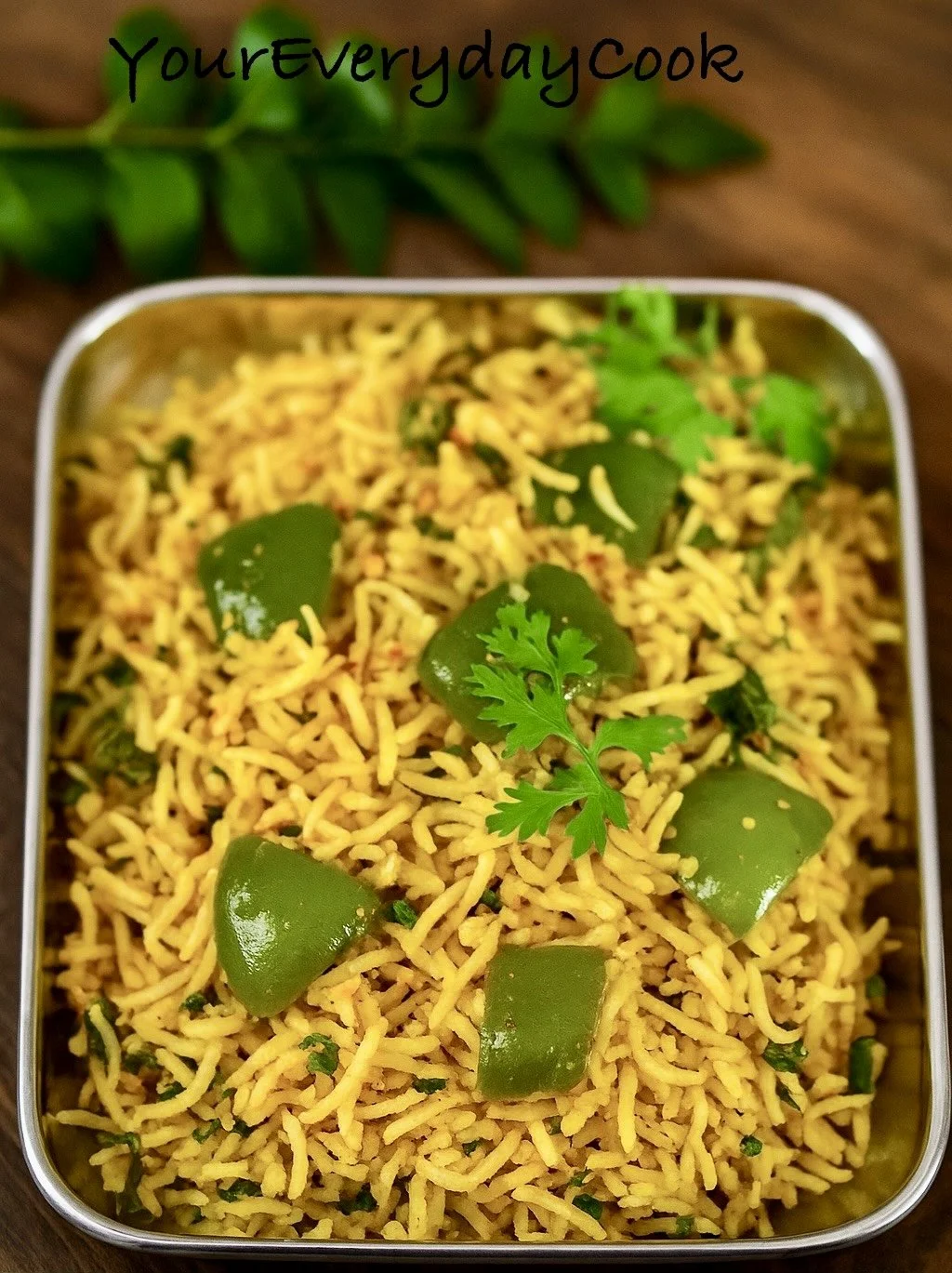
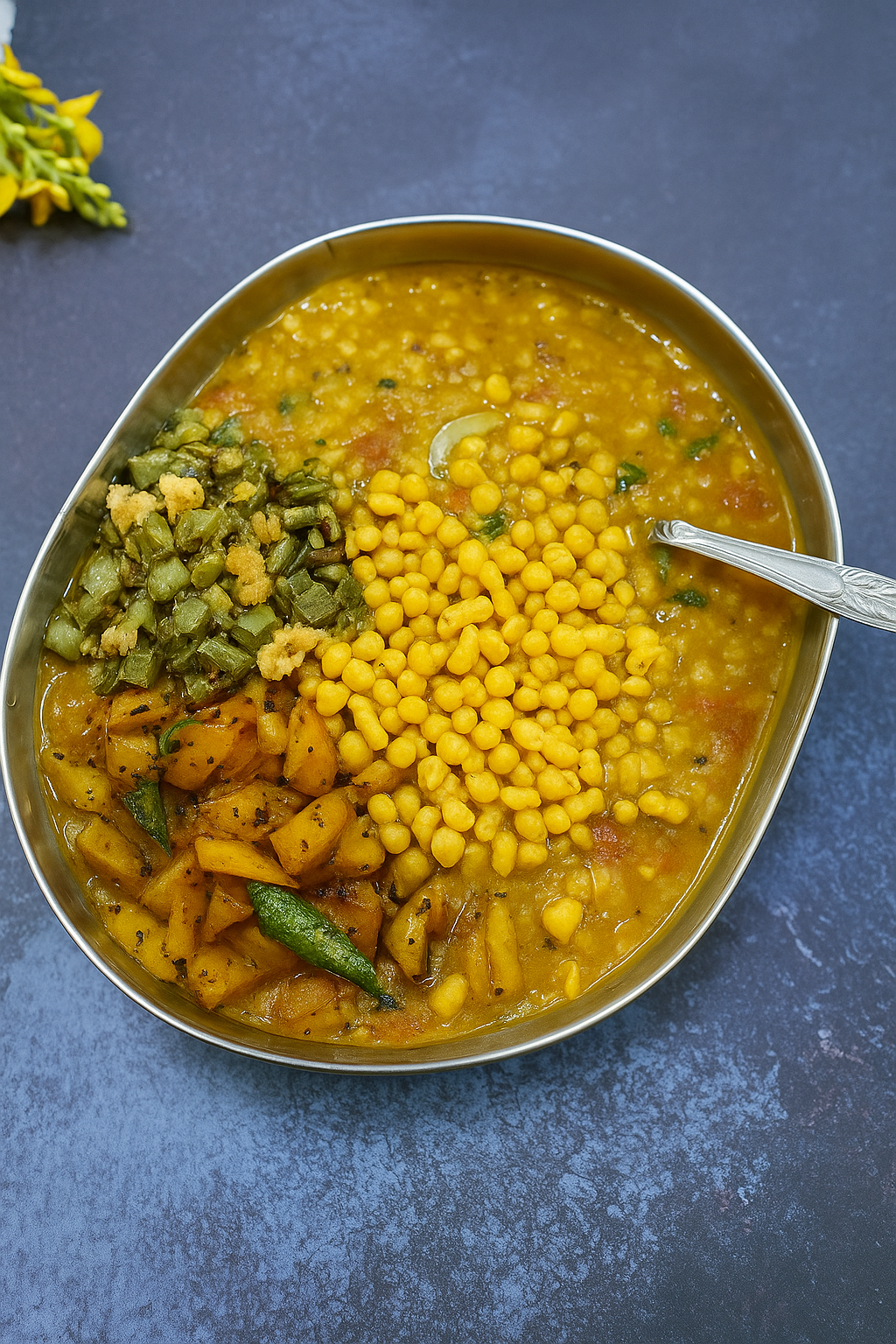

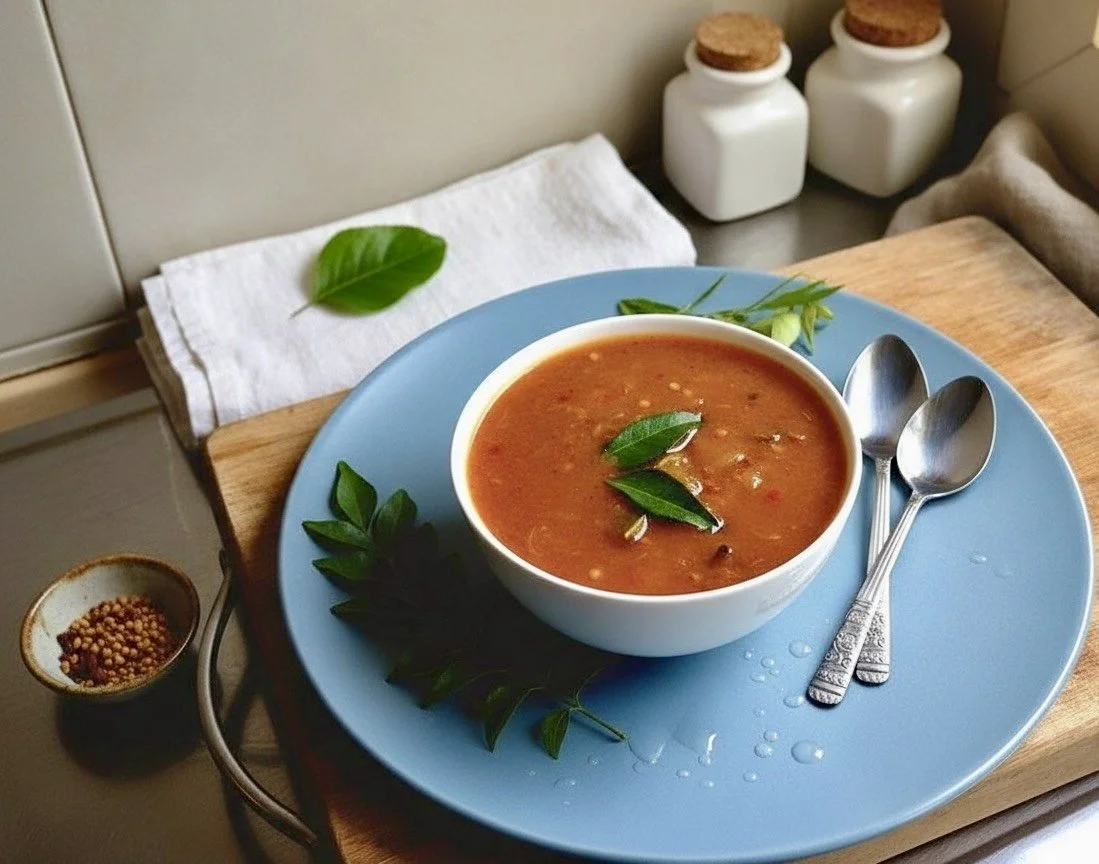

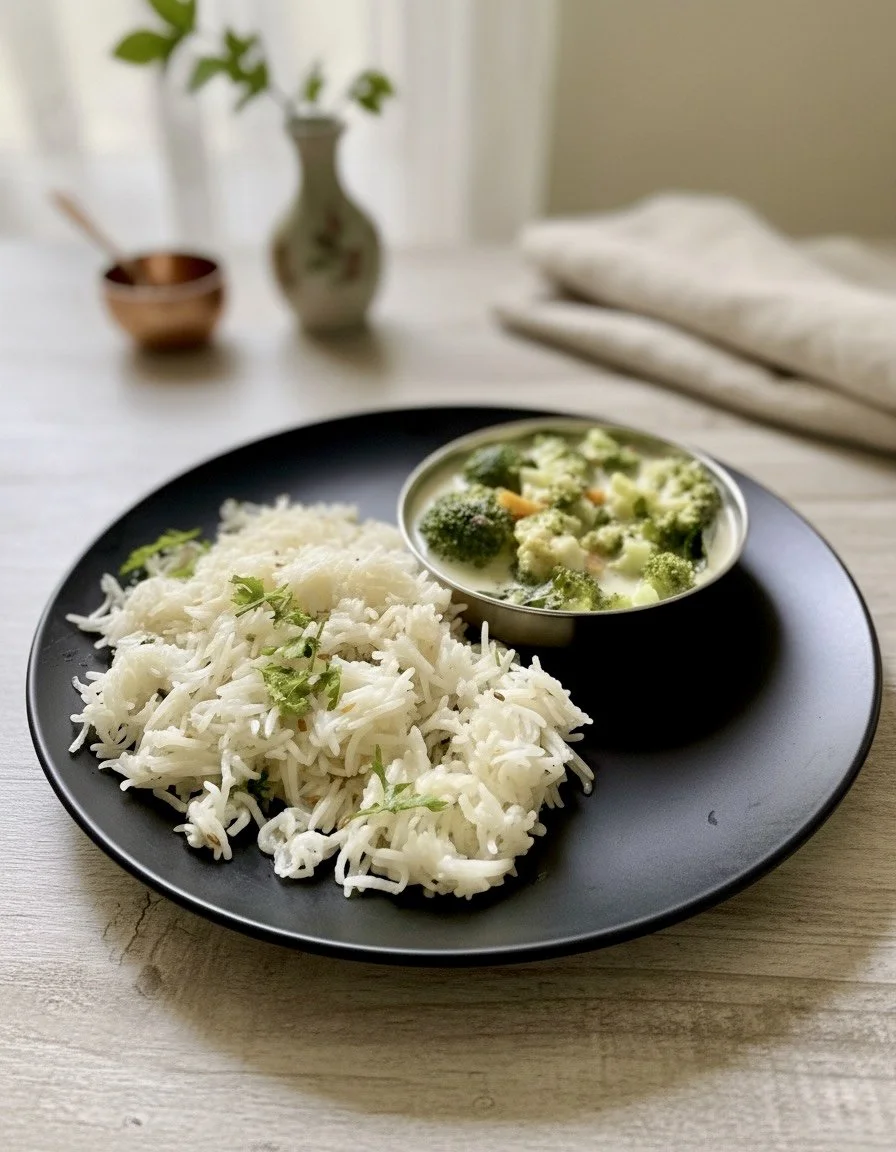
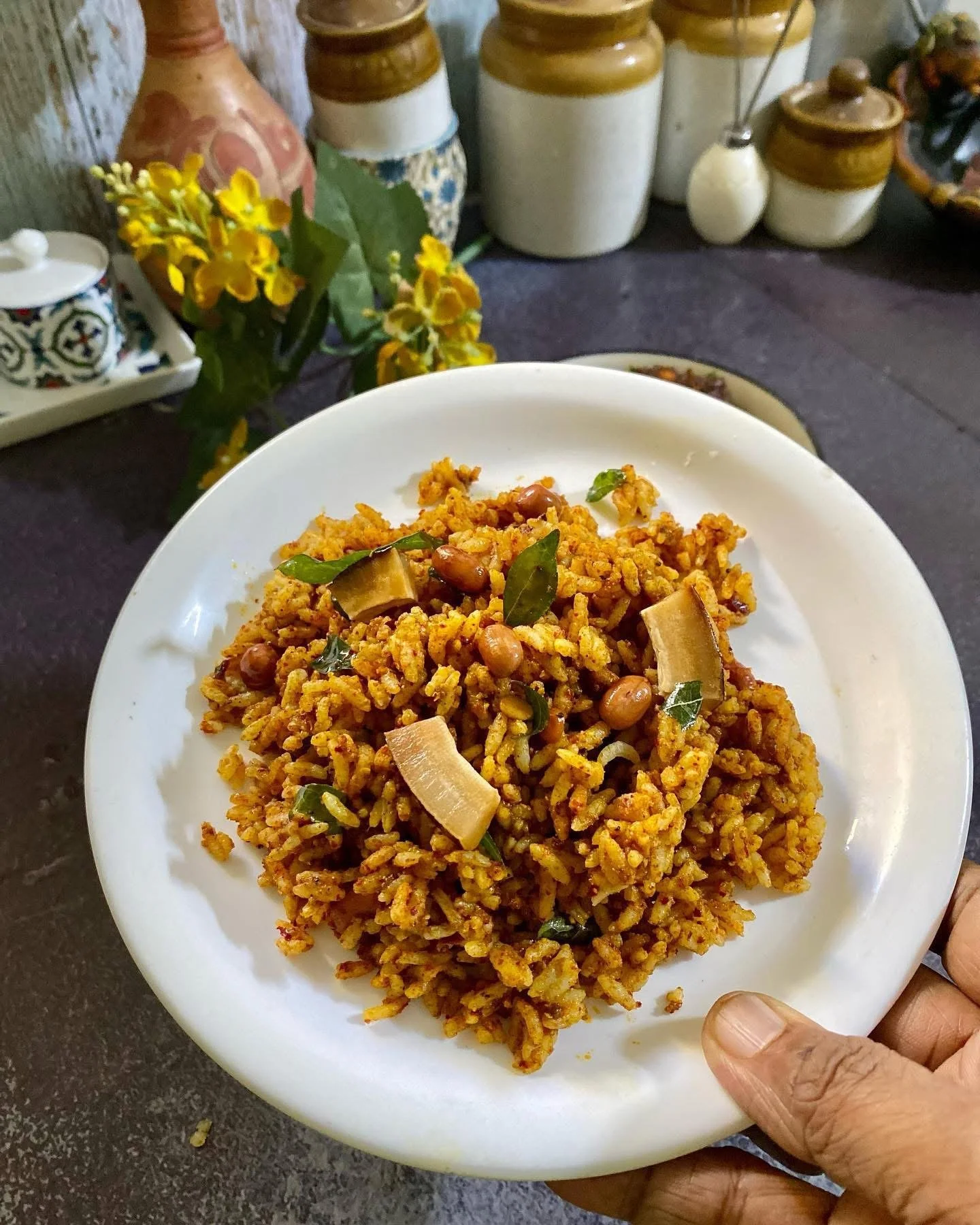
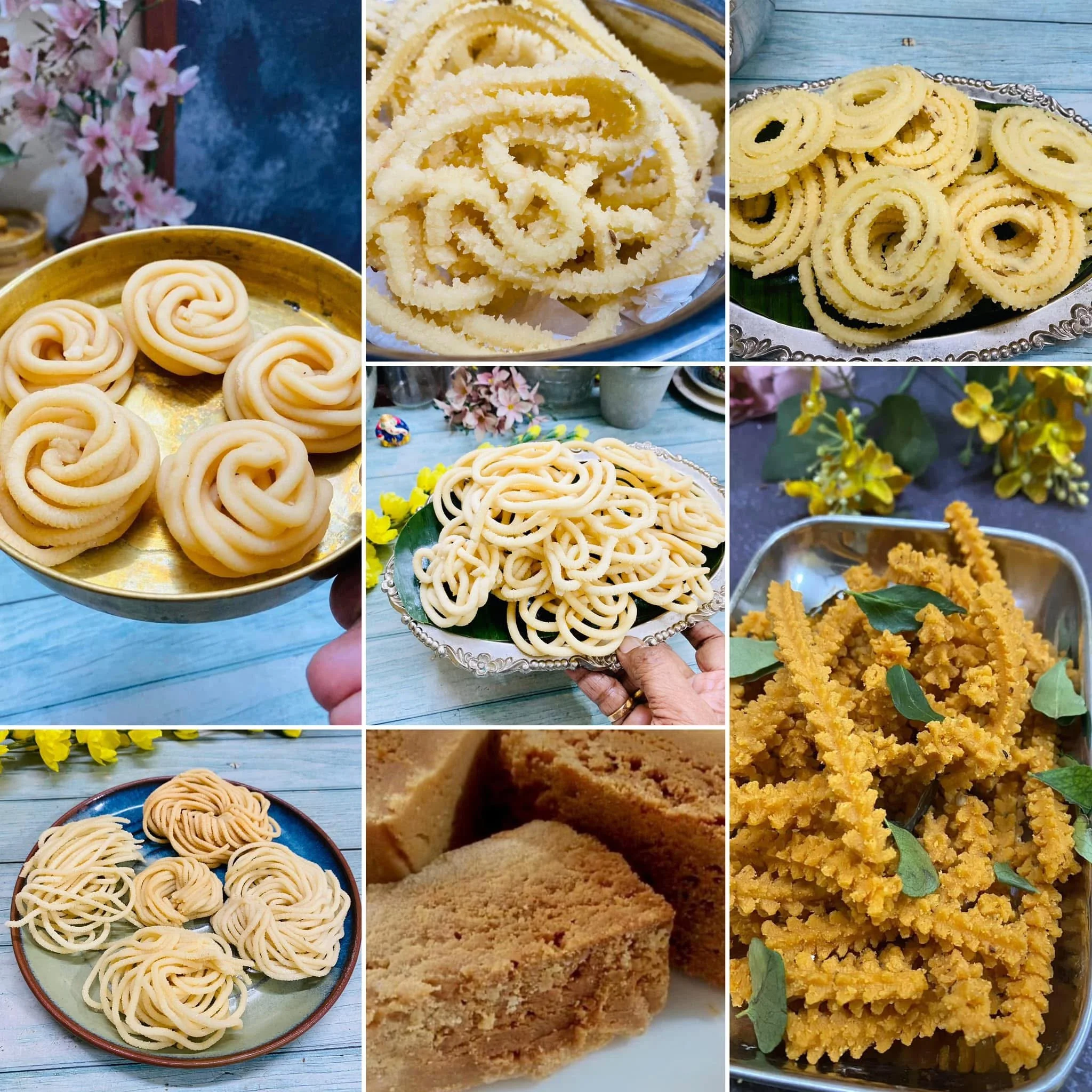
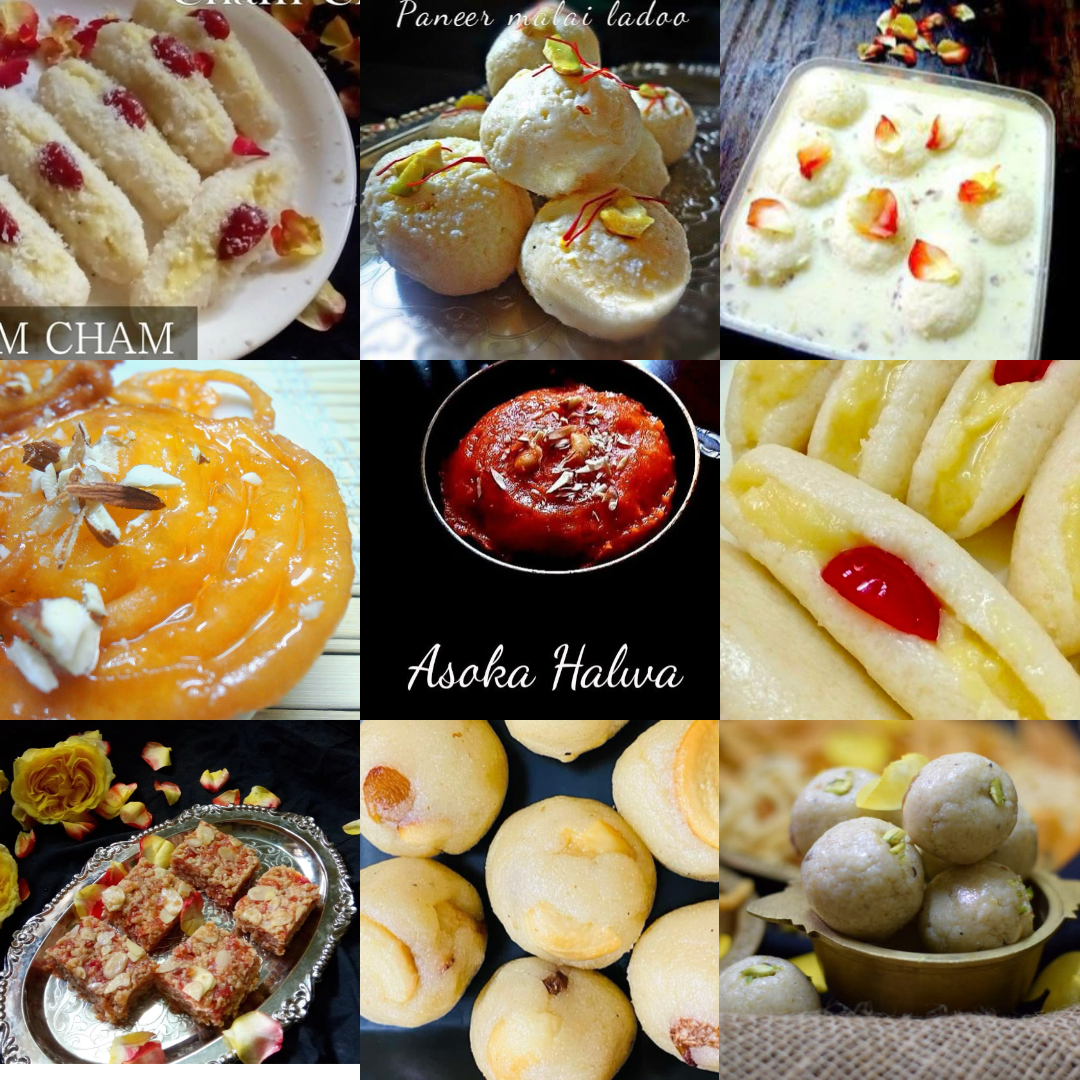
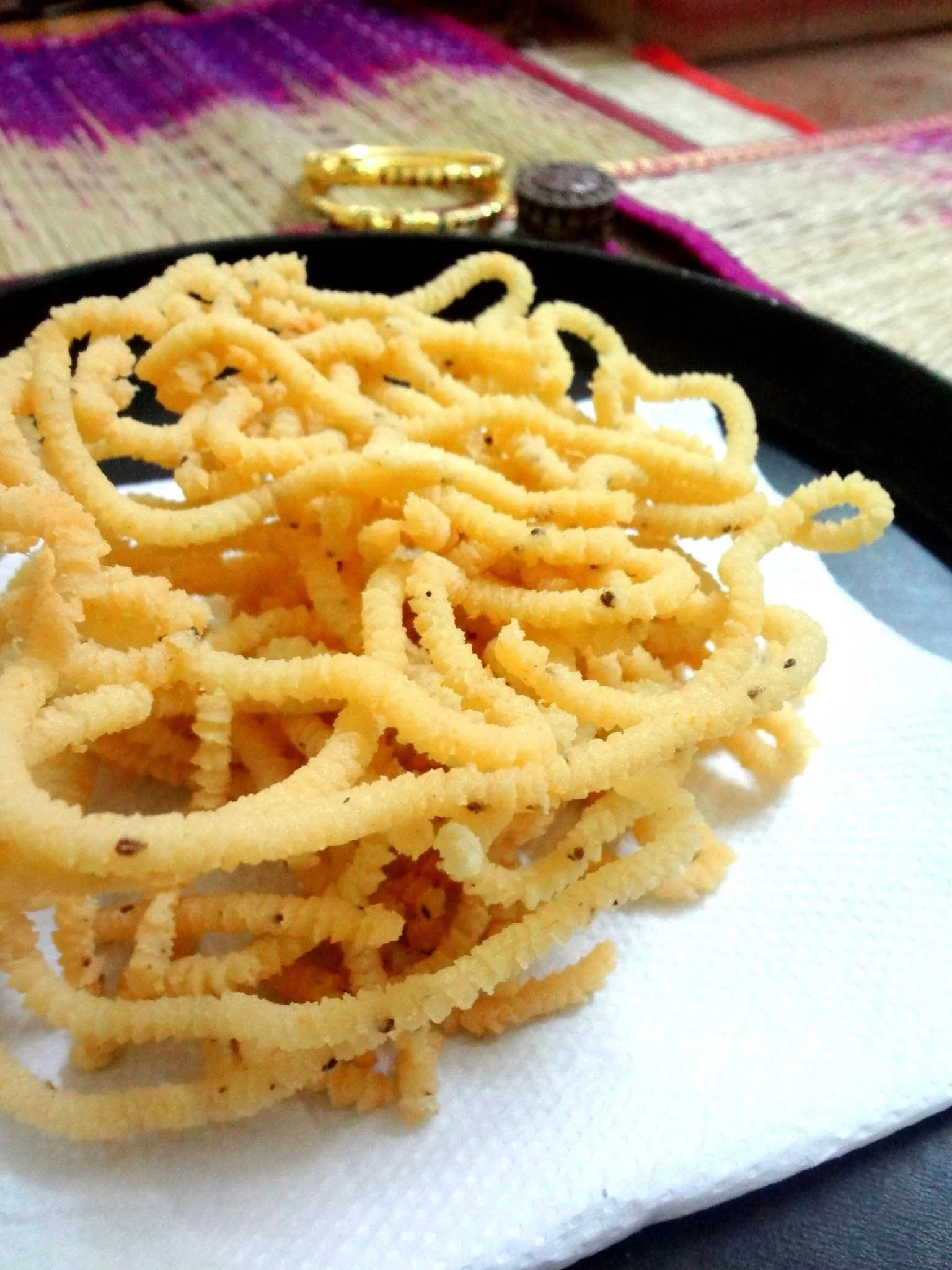

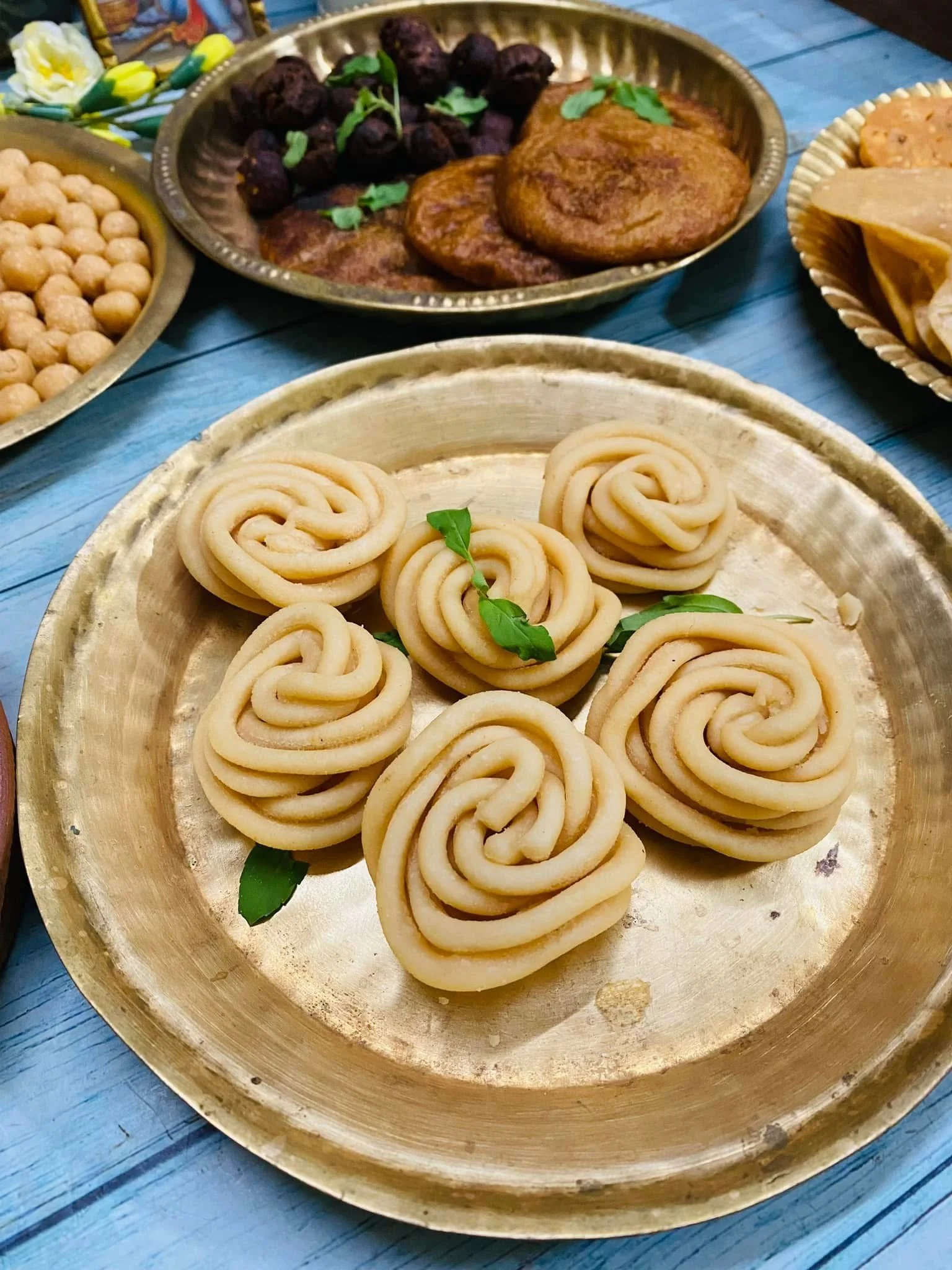


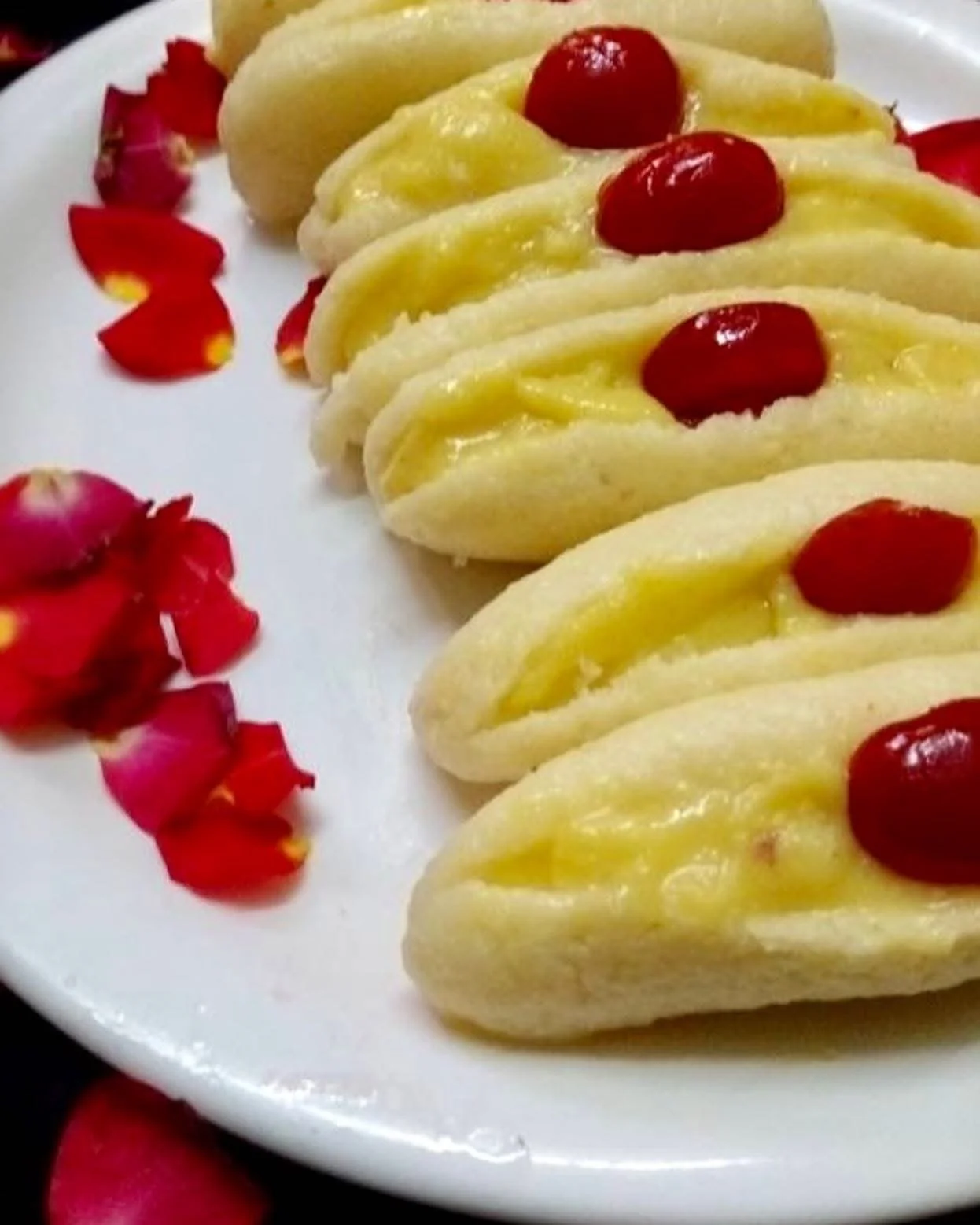

Beetroot Rice or Beetroot Pulao is a colorful, one-pot South Indian dish made with rice, beetroot, and mild spices. Quick to make, healthy, and perfect for lunchboxes or weekday meals.